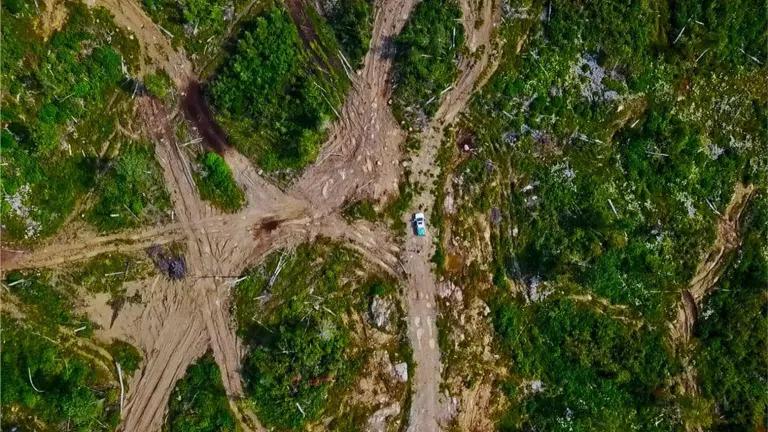State's failure to provide critical documents for Keystone XL review is major obstacle to transparent public process
Today, the State Department made a wrong decision on the Keystone XL tar sands pipeline. It refused to grant needed additional time for the American public to analyze and comment on the Department’s 3,500-page draft Supplemental Environmental Impact Statement (SEIS) for the Keystone XL pipeline. State has also failed to provide many of the critical documents the Department cited in its review available to the public. Already, many flaws in its analysis have been identified. By shutting down the public, the State Department raises doubts whether it will provide a fair, sound and accurate recommendation on TransCanada’s application for a permit to build the pipeline. While Secretary Kerry has indicated his intent to stay out of the environmental review process for Keystone XL, he might make an exception to ensure that State’s decision now doesn’t cast a shadow on the Department’s ongoing review of Keystone XL.
State’s failure to provide its sources creates an enormous obstacle to providing a meaningful review of its analysis and violates the National Environmental Policy Act, which requires that documents supporting a draft EIS be made available to the public. These documents provide the analytical basis for State’s finding that the tar sands pipeline would have little impact on tar sands production – a finding that is contrary to the general consensus amount industry, financial analysts – and are critical to evaluate and intelligently comment on State’s environmental review of the project. This is particularly troubling after Reuters broke a story showing that State misunderstood and mischaracterized several of the sources they cited to – and that’s according to the sources themselves.
There is a copious record showing a substantial effort by the public to be given access to the supporting materials upon which State based its conclusions:
- March 20, 2013: Sierra Club made a Freedom of Information Act (FOIA) request for number of documents which State relied on for its major conclusions in the draft SEIS for Keystone XL. State denied expedited processing of this request despite only provide a 45 day comment period. The Natural Resources Defense Council and the National Wildlife Community made additional requests for these critical documents.
- March 27, 2013: The environmental community noted that because the draft SEIS was 3,500 pages in length and coincided with a public comment period for the proposed expansion of Enbridge’s Alberta Clipper tar sands pipeline, the minimum 45 day public comment period was insufficient for meaningful public input.
- April 8, 2013: The environmental community again asked for an extension of the public comment period because of emerging details from the Pegasus tar sands pipeline spill in Arkansas and because State has failed to provide critical supporting documents.
- April 12, 2013: Environmental organizations submitted a third letter to the State Department noting that it has failed to respond to requests for documents supporting its draft EIS.
Providing supporting documents for an environmental review is not meant to be optional according to the National Energy Policy Act (NEPA). The State Department is required by law to disclose documents underlying environmental impacts statements. Council of Environmental Quality regulations require that agencies, like State Department:
[m]ake environmental impact statements, the comments received, and any underlying documents available to the public pursuant to the provisions of the Freedom of Information Act (5 U.S.C. 552), without regard to the exclusion for interagency memoranda where such memoranda transmit comments of Federal agencies on the environmental impact of the proposed action. 40 C.F.R. § 1506.6(f) (emphasis added).
Simply stated, the State Department has failed to provide sufficient information in the draft SEIS to facilitate a meaningful review of some of its key conclusions. There is no question that publicly available information largely refutes much of the information provided in the SEIS market analysis section which argues that Keystone XL would have little impact on climate emissions. Yesterday’s Reuters exposé underlines that point – showing that when asked, even State’s sources don’t support its conclusions.
While State's commitment to allow a public comment period during the National Interest Determination process is a positive step, it does not mitigate State's failure to provide the information necessary for the public to effectively and intelligently comment on the Department's analysis.
State has an opportunity to correct many of the errors which cast a pall on its previous environmental review processes for the Keystone XL tar sands pipeline and preside over a transparent public review process. State’s decision to provide the shortest possible comment period without making the critical documents it relied on available to the public in a timely manner is a sign that the department’s commitment to transparency may have a shorter time limit than its comment period.




